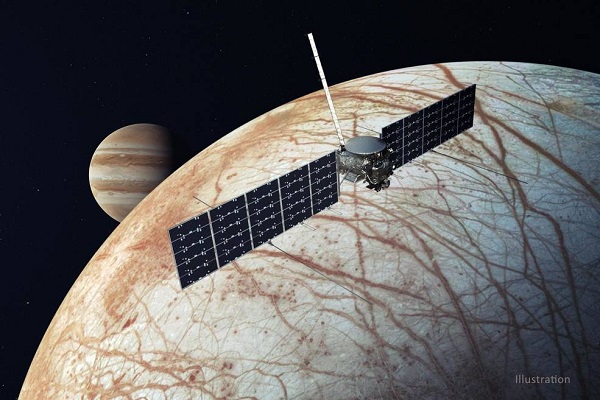Washington, (Asian independent) A US-based startup aims to build robotic outposts and spacecraft that can be sent to space near the Moon.
The company called Quantum Space, formed in 2021, is run by Steve Jurczyk, who served as NASA’s associate administrator beginning in 2018.
It aims to create a fleet of robotic helpers that can do a variety of tasks near the Moon, such as providing internet capabilities, collecting data, refueling spacecraft, and assembling structures in lunar space, The Verge reported.
As NASA is also focused on returning to the Moon, Jurczyk said that the company aims to create vehicles that will aid the US space agency in its upcoming lunar missions including Artemis.
“We know there’s going to be a lot of activity around and on the Moon in the coming decade, primarily driven by Artemis,” Jurczyk, president and CEO of Quantum, was quoted as saying to The Verge.
“But you know, national security — where civil spaces goes, national security will have to go also,” he added.
NASA is planning to create an internet-like system of communications infrastructure around the Moon called LunaNet. This would be less reliant on Earth technologies for navigation, communication, and data relays.
To work in tandem with NASA, Quantum Space plans toA develop a robotic outpost that could potentially help with communication in the region of space between regular Earth orbits and the Moon, known as cislunar space, the report said.
“We believe we can be a node or nodes in that network, for both spacecraft in orbit as well as spacecraft on the surface,” he said.
Further, the company also envisions providing space traffic services for spacecraft traveling around the Moon. There are also options to observe the climate of Earth from a unique vantage point, as well as characterize near-Earth objects like asteroids.
Quantum Space also wants to create its own robotic servicing spacecraft. This would be a satellite mechanic that can refuel the outpost and other nearby vehicles, as well as conduct repairs, extended outposts’ lifetime in cislunar space.
The idea would also boost the growing satellite servicing industry, which is already trying to create servicing robots that can fix satellites in orbit around the Earth, the report said.








